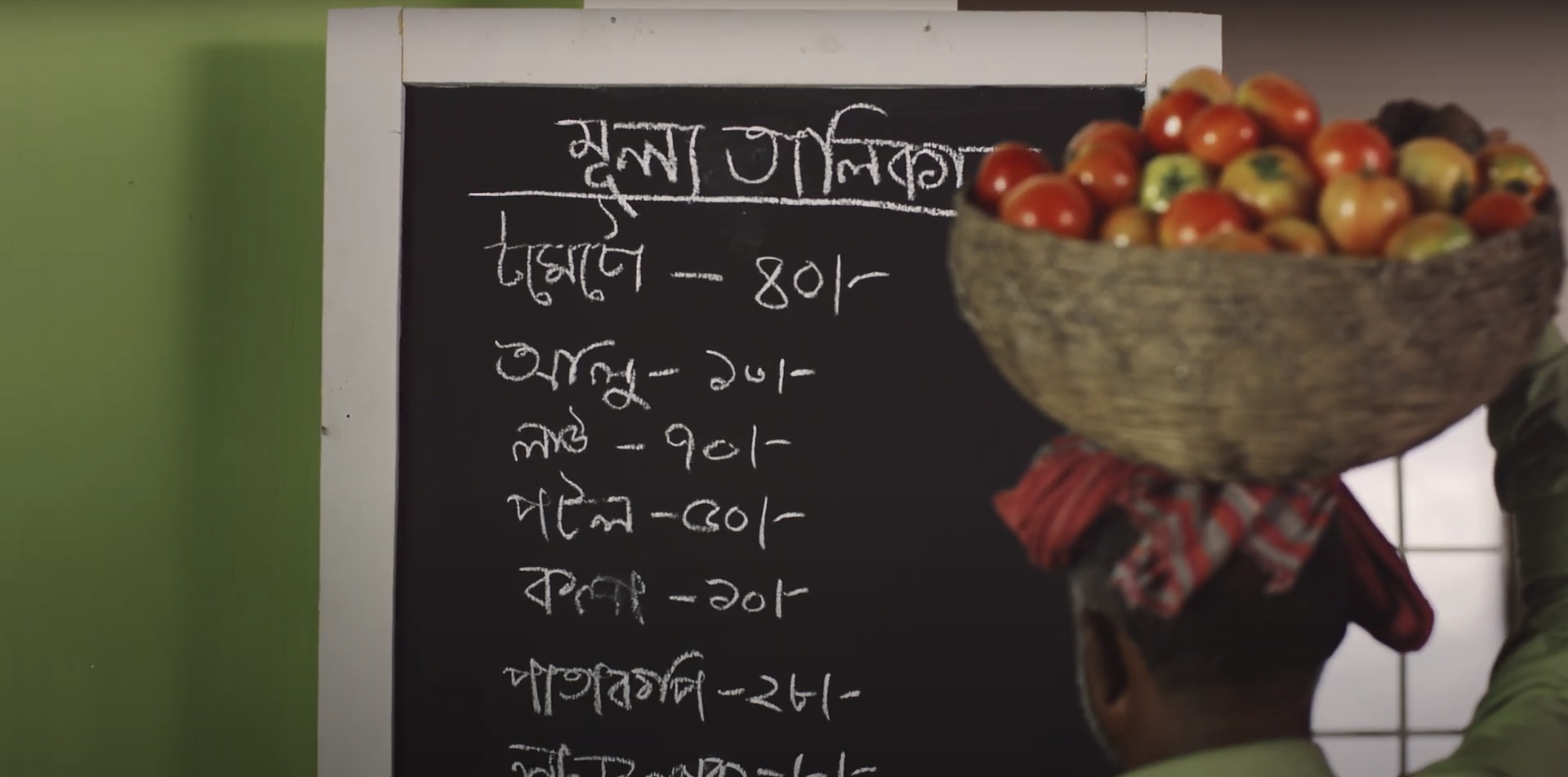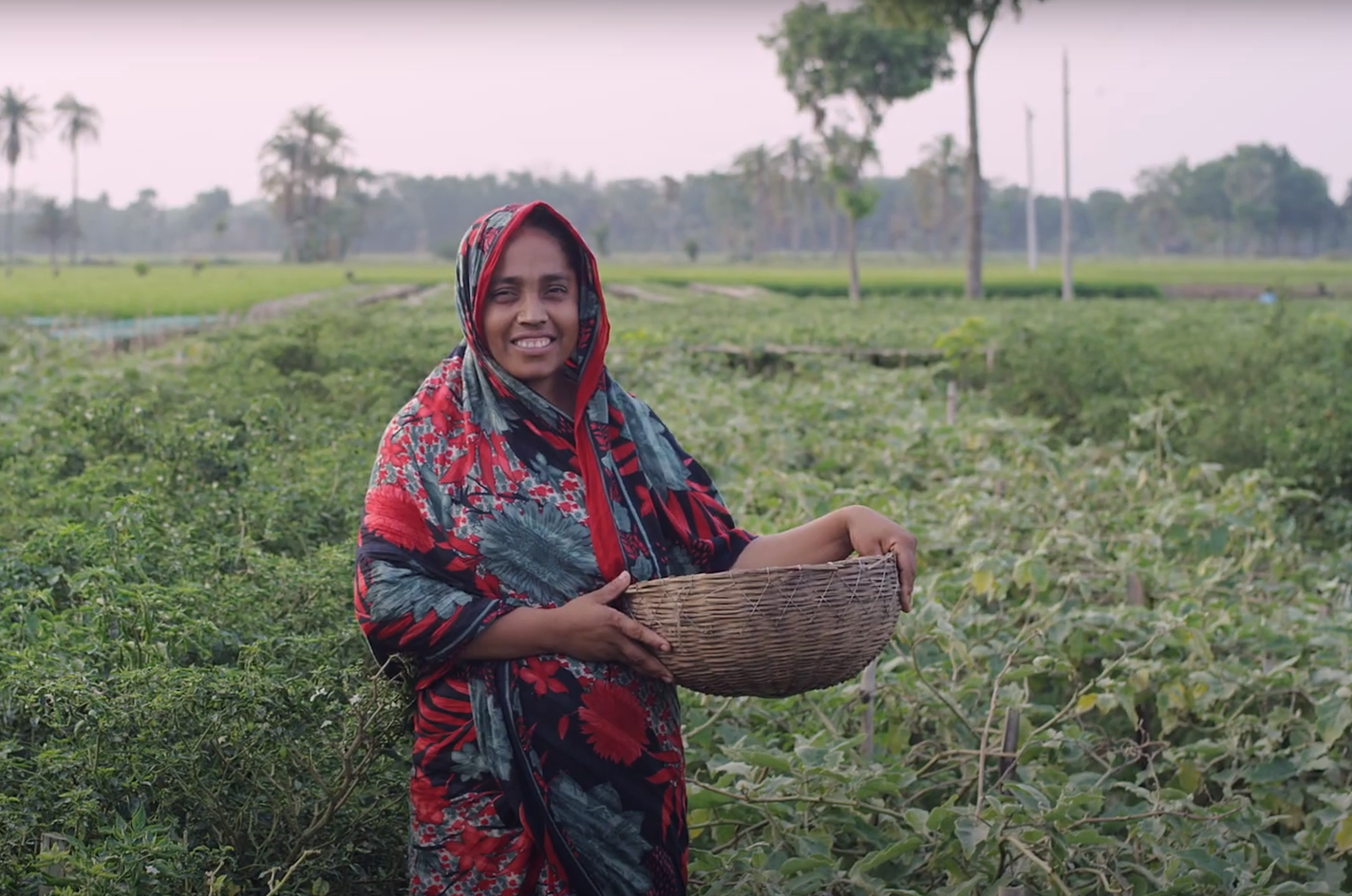Dave McCaughan believes that this year’s Grand Prix exemplifies simple, innovative strategy that makes a difference.
Most of us in marketing strategy forget the obvious: our life experience is not that of all people. There’s also a tendency to generalise. Everyone uses Facebook. Everyone has a smartphone. Digital is normal. The whole world is linked to the internet.
Maybe half the world is connected to all of those things. But the other half is connected to none. And yet we see so few marketing strategy, effectiveness and creative awards entries focused on changing the lives of the 40% of people at the bottom of the world’s pyramid.
A huge opportunity
For almost half the world’s population, being unbanked is a reality. For brands, this represents a huge opportunity to reach a massive market and change lives. Around 40% of Bangladesh is ‘unbanked’. That means negligible cash or access to digital services. Many live in small rural villages. Some will have mobile phones, but some won’t. Some will have access to banks, but some won’t.
This year’s Grand Prix winner is a natural alliance of two companies developing a strategic partnership. A bank and a grocery retailer helped Bangladeshi farmers earn from the produce they normally cannot sell by trading it for cash that goes directly to new bank accounts. Their partnership enables small-scale Bangladeshi farmers to start bank accounts and earn deposits from what would normally go to waste.
The clever people at United Commercial Bank and local retail giant Schwapno got together to grow their businesses and help these farmers and their families. Then they hired the smart folks from Grey Bangladesh to bring it alive.

A clever and simple solution
The AgroBanking idea is simple: at the end of a market day, the farmers take what they can’t sell and deposit it at special UCB agents offices or to mobile branches. The goods are purchased by Schwapno at their fair market prices and taken to their nearest distribution centre for selling in stores. The payment gets deposited in the farmers’ special cash account.
Cash for the farmer. More people banking for UCB. New source of produce for Schwapno stores.
What’s even more clever is the use of good old-fashioned social channels to get the message out to the farmers. Many don’t have access to a television, or to the internet. For most ‘modern’ marketers this creates a problem. All too often I hear ‘Well, they don’t use digital so it’s too hard to reach them’. That’s just lazy thinking.

Use the ‘original’ social media
For AgroBanking, the agency and client quickly figured out they should use social channels such as posters in public places (one of the original social media), announcing the programme with simple instructions. Then, they used the vans which served as mobile banks and produce collection points to drive around the neighbourhood with signage explaining the programme and loudspeakers broadcasting recorded explanations and announcements.
I love it when brands use non-digital social platforms. It’s a reminder that life is more than a screen and, for many people in the world, screens are not available or viable. Even more interesting is the idea of using channels that ‘reach the people’ wherever they are.
What is equally amazing is that this very clever strategy comes from Bangladesh. In the last 50 years, the two most breakthrough ideas in banking come from this wonderful but too often ignored country. Remember Mahamaad Younus, Grameen Bank and the revolution called microfinancing that he began in the 1970s? That breakthrough thinking has helped millions in dozens of countries get the banking financing to start small businesses.

Now, AgroBanking takes a step beyond in helping small businesses, bringing cash and banking to a new raft of people. This is strategy that makes a difference.
An abridged version of this article appears in WARC’s 2020 Asian Strategy Report.

